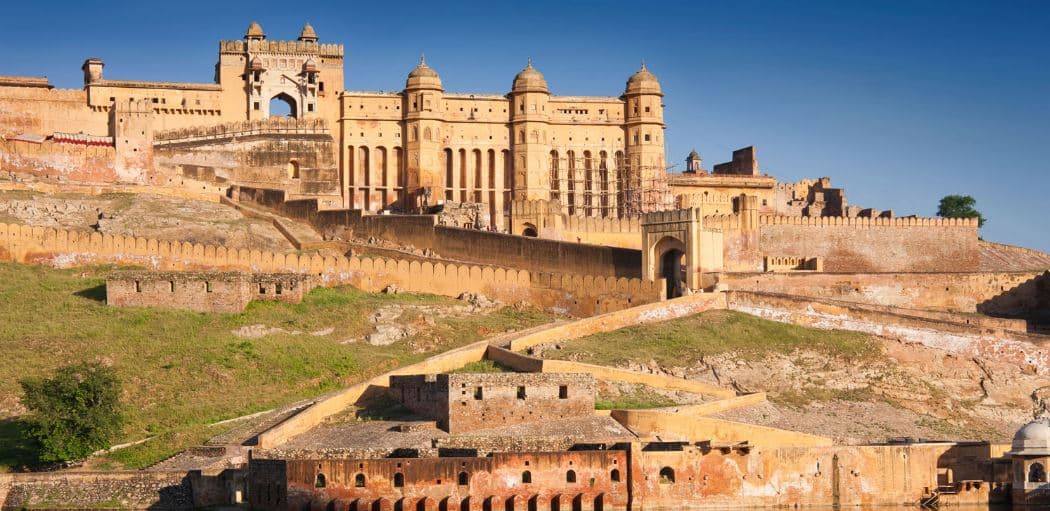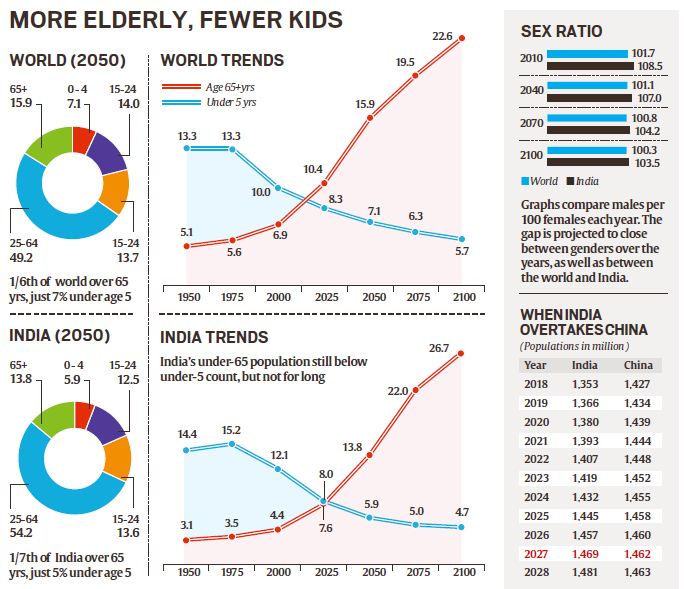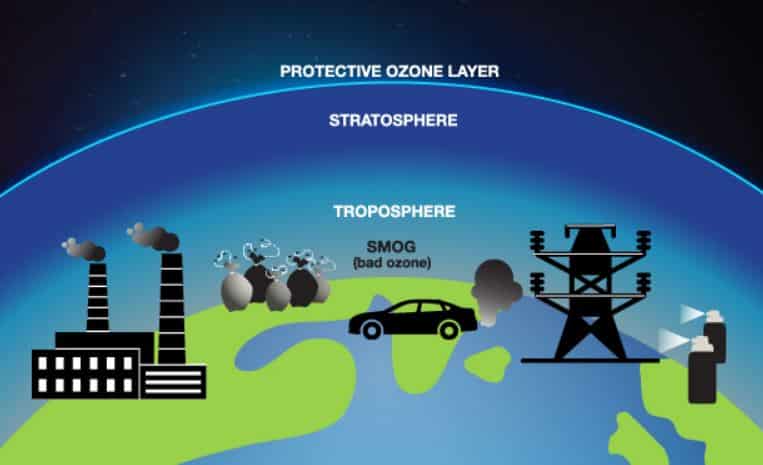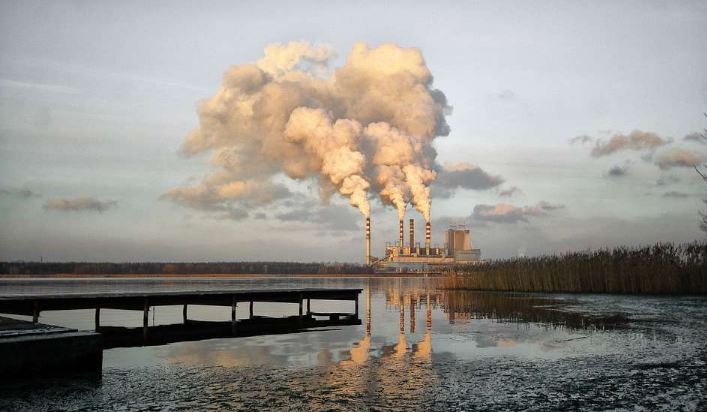Jaipur gets UNESCO World Heritage Tag | UPSC – IAS
A World Heritage Site is a landmark or area which is selected by the United Nations Educational, Scientific and Cultural Organization (UNESCO) as having cultural, historical, scientific or other form of significance, and is legally protected by international treaties. The sites are judged important to the collective interests of humanity.
To be selected, a World Heritage Site must be an already classified landmark, unique in some respect as a geographically and historically identifiable place having special cultural or physical significance (such as an ancient ruin or historical structure, building, city, complex, desert, forest, island, lake, monument, mountain, or wilderness area). It may signify a remarkable accomplishment of humanity, and serve as evidence of our intellectual history on the planet
UNESCO World Heritage Tag and Jaipur | UPSC – IAS
The announcement was made after the 43rd Session of the UNESCO World Heritage Committee, underway at Baku (Azerbaijan) from June 30 to July 10, examined the nomination of the Walled City of Jaipur for inclusion in the World Heritage list.
- The fortified city was founded in 1727 by the Kachwaha Rajput ruler of Amber, Sawai Jai Singh II.
- The city was established on the plains and built according to a grid plan interpreted in the light of Vedic architecture.
- The city’s urban planning shows an intermingling of ideas from ancient Hindu, modern Mughal and western cultures.
Significance of UNESCO World Heritage Tag | UPSC – IAS
- It will boost tourism, benefit the local economy and help to improve the infrastructure.
- It brings international attention to the need for the preservation and conservation of the site.
- It brings tourism to the site, with its accompanying economic benefits to the host country and local area.
- It promotes national and local pride in the natural and man-made wonders of the country.
- It promotes close ties with the United Nations system and the prestige and support it provides.
- It provides access to global project management resources.
- It facilitates creating partnerships between government, the private sector, and NGOs to achieve conservation goals.
- The site is protected under the Geneva Convention against destruction or misuse during wartime.











